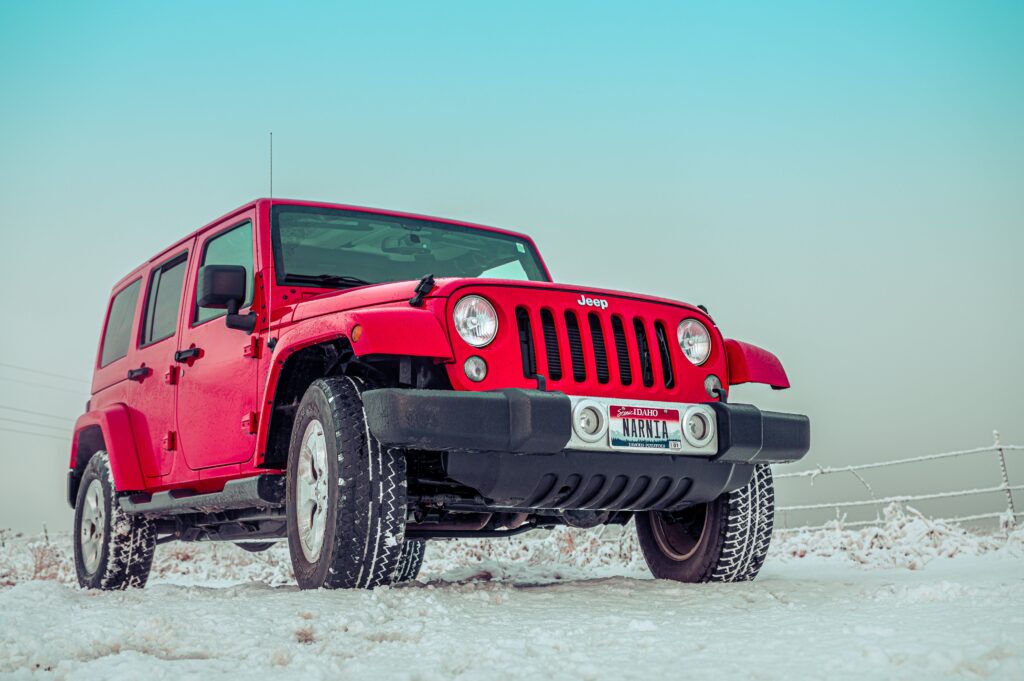The winter season can be a challenging time for drivers, especially if you live in an area that experiences heavy snowfall and icy conditions. Snow and ice on the roads can make driving hazardous, increasing the risk of accidents. Many drivers rely on snow tires to ensure safety and control on wintry roads. In this blog post, we will look at considerations that will help you through the process of determining if you need snow tires.

Consider Your Local Climate
The first step in deciding if you need snow tires is to consider your local climate. Not all areas experience severe winter conditions, and in milder climates, all-season tires may be all you need. However, if you live in an area where snow, ice, and freezing temperatures are common during the winter months, snow tires could be a valuable addition to your vehicle.
Understand the Benefits of Snow Tires
Snow tires, also known as winter tires, are designed to perform optimally in cold, snowy, and icy conditions. They offer several advantages over all-season tires, including:
- Superior traction on snow and ice – Snow tires have a unique tread pattern and rubber compound that provides better grip on slippery surfaces, improving your ability to start, stop, and steer in adverse conditions.
- Shorter braking distances – Snow tires can significantly reduce your stopping distance on icy and snowy roads, helping to prevent accidents.
- Designed for cold-weather performance – All-season tires tend to harden in freezing temperatures, leading to reduced grip. Snow tires remain pliable and effective in the cold.
- Improved stability and control – Snow tires enhance your vehicle’s stability and control when driving on snowy or icy roads, reducing the risk of skids and accidents.
Think About Your Personal Driving
Your personal driving habits and attitudes can also be a factor in determining whether or not you need snow tires. Consider the following questions:
- Do you have a long daily commute or frequently drive in wintry conditions?
- If you only encounter snowy or icy roads occasionally, do you have the option to take a different route or work from home?
- Do you often travel to areas with more severe winter weather for work trips or vacations?
- Would having snow tires improve your peace of mind?
Check Local Regulations
Some regions have laws or regulations requiring the use of snow tires during specific winter months. It’s essential to check your local regulations and comply with them, as failure to do so may result in fines or other penalties. Even if not mandated, using snow tires can be a responsible choice for your safety and the safety of others on the road.
Factor in the Cost
Snow tires can be a significant investment, as you’ll need to purchase a set and possibly pay for seasonal tire changes. However, when considering the cost, weigh it against the potential benefits, such as preventing accidents, reducing wear on your regular tires, and providing peace of mind during winter driving.
While snow tires can be a significant investment, they can be a worthwhile one, particularly for those living in areas with harsh winter conditions. Prioritizing safety and control during the winter months can help you navigate the roads with confidence and reduce the risk of accidents.

 Drivers who grew up in the North or Midwest regions of the U.S. are likely to have heard of “snow tires” and are probably familiar with the concept of making the seasonal tire swap. Today, snow tires are increasingly being referred to as “winter tires”. While conceptually the same, the term “winter tires” has become more of a general description than “snow tires”. Winter tires are engineered for all kinds of cold weather conditions, not just snow, so the term “winter tire” more accurately represents the road-gripping capabilities of these tires.
Drivers who grew up in the North or Midwest regions of the U.S. are likely to have heard of “snow tires” and are probably familiar with the concept of making the seasonal tire swap. Today, snow tires are increasingly being referred to as “winter tires”. While conceptually the same, the term “winter tires” has become more of a general description than “snow tires”. Winter tires are engineered for all kinds of cold weather conditions, not just snow, so the term “winter tire” more accurately represents the road-gripping capabilities of these tires. March is here, and while winter is still hanging on in some areas, warmer weather is definitely on the horizon! Now is the time to schedule your appointment to have your winter tires changed out for your normal driving tires.
March is here, and while winter is still hanging on in some areas, warmer weather is definitely on the horizon! Now is the time to schedule your appointment to have your winter tires changed out for your normal driving tires.



